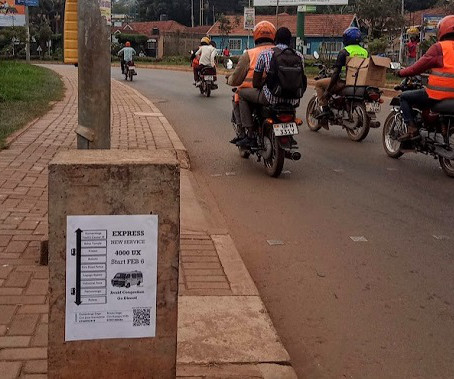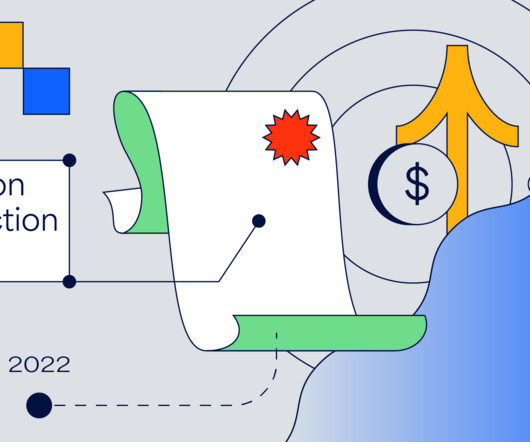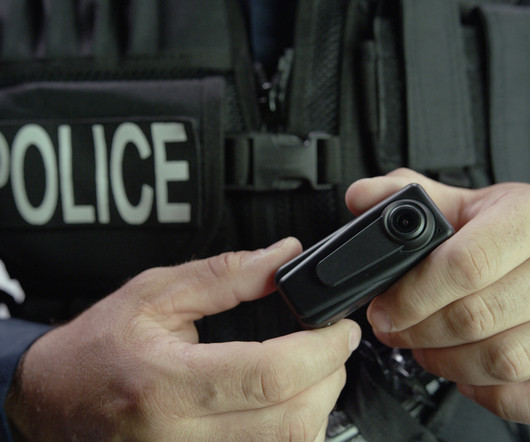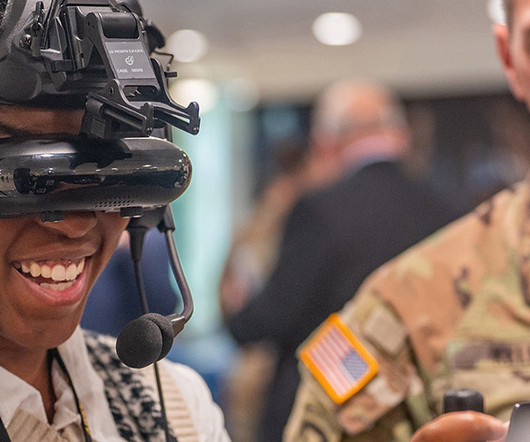Building New Informal Bus Routes to Advance Transportation Equity
The City Fix
JULY 15, 2024
Do informal transport networks in African cities provide equitable services for everyone that needs them? Operators frequently prefer to drive the safest and most central routes, inadvertently prioritizing commuters traveling to formal jobs in. Unsurprisingly, the answer is often no.
















































Let's personalize your content